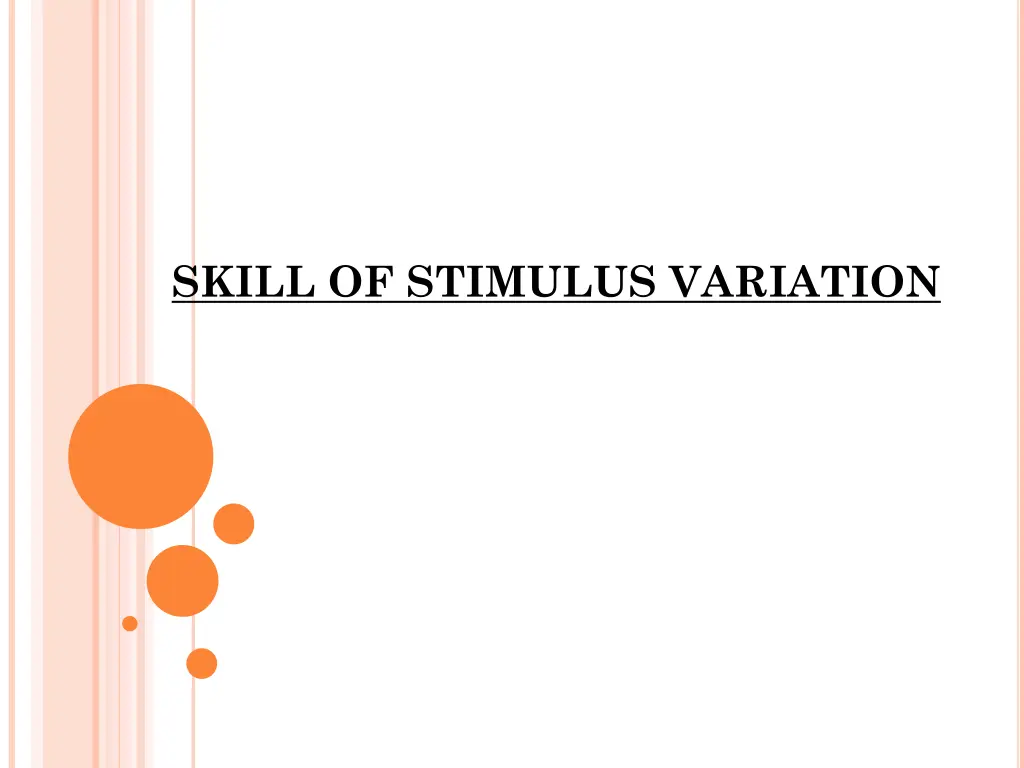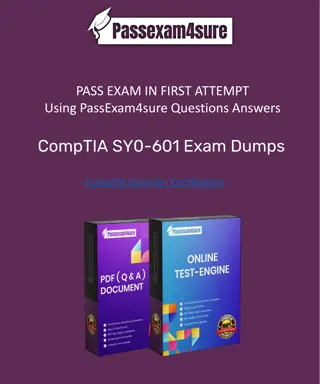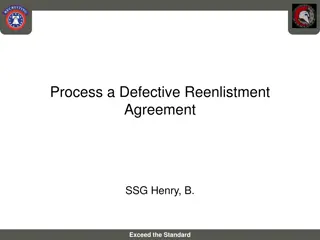
Enhancing Teaching Skills with Stimulus Variation
Learn about the skill of stimulus variation in teaching, which involves using different stimuli to engage students effectively. Explore the components such as movements, gestures, focusing, pausing, interaction styles, and more. Additionally, discover the skill of explanation, which focuses on conveying concepts clearly through various techniques.
Download Presentation

Please find below an Image/Link to download the presentation.
The content on the website is provided AS IS for your information and personal use only. It may not be sold, licensed, or shared on other websites without obtaining consent from the author. If you encounter any issues during the download, it is possible that the publisher has removed the file from their server.
You are allowed to download the files provided on this website for personal or commercial use, subject to the condition that they are used lawfully. All files are the property of their respective owners.
The content on the website is provided AS IS for your information and personal use only. It may not be sold, licensed, or shared on other websites without obtaining consent from the author.
E N D
Presentation Transcript
It is a skill in which there is a change in the teacher s behaviour to attract the attention students. The teacher uses various stimuli in the classroom so that they may produce responses. of the maximum
COMPONENTS OF STIMULUS VARIATION: Movements: To attention in the students, teacher has to move in the class. The purposeful movements help in attracting the attention of the students. 1. secure and sustain the 2. Gestures: Moving the parts of the body to direct attention, to emphasise the importance etc. express emotions, to 3. Change emotions or feelings or to put an emphasis on a particular point. It includes a change in tone, volume (pitch) or the pace of the verbal presentation. in speech pattern: Expressing
4. Focussing: It refers to teachers behaviour to focus or to direct student s attention to a particular object. It includes: (a) Verbal focussing (b) Gestural focussing (c) Verbal and Gestural focussing 5. Pausing: during the lecture. It helps in assimilating the ideas or concepts in the mind of the students. To introduce deliberate silence 6. Change in Interaction styles: A class lecture should include any one of the following: (a) Teacher-Class Interaction (b) Teacher-Student Interaction (c) Student-Student Interaction
7. Physical Involvement of the students 8. Oral- Visual switching
It understanding in someone about a concept, a principle or a phenomenon. It is regarded as a set of interrelated statements. is a skill of bringing about an
COMPONENTS : Explaining Links Introducing statements Concluding statements Use of visual technique Technical words to be defined
Interesting to pupil Covering essential points Testing pupil s understanding





















